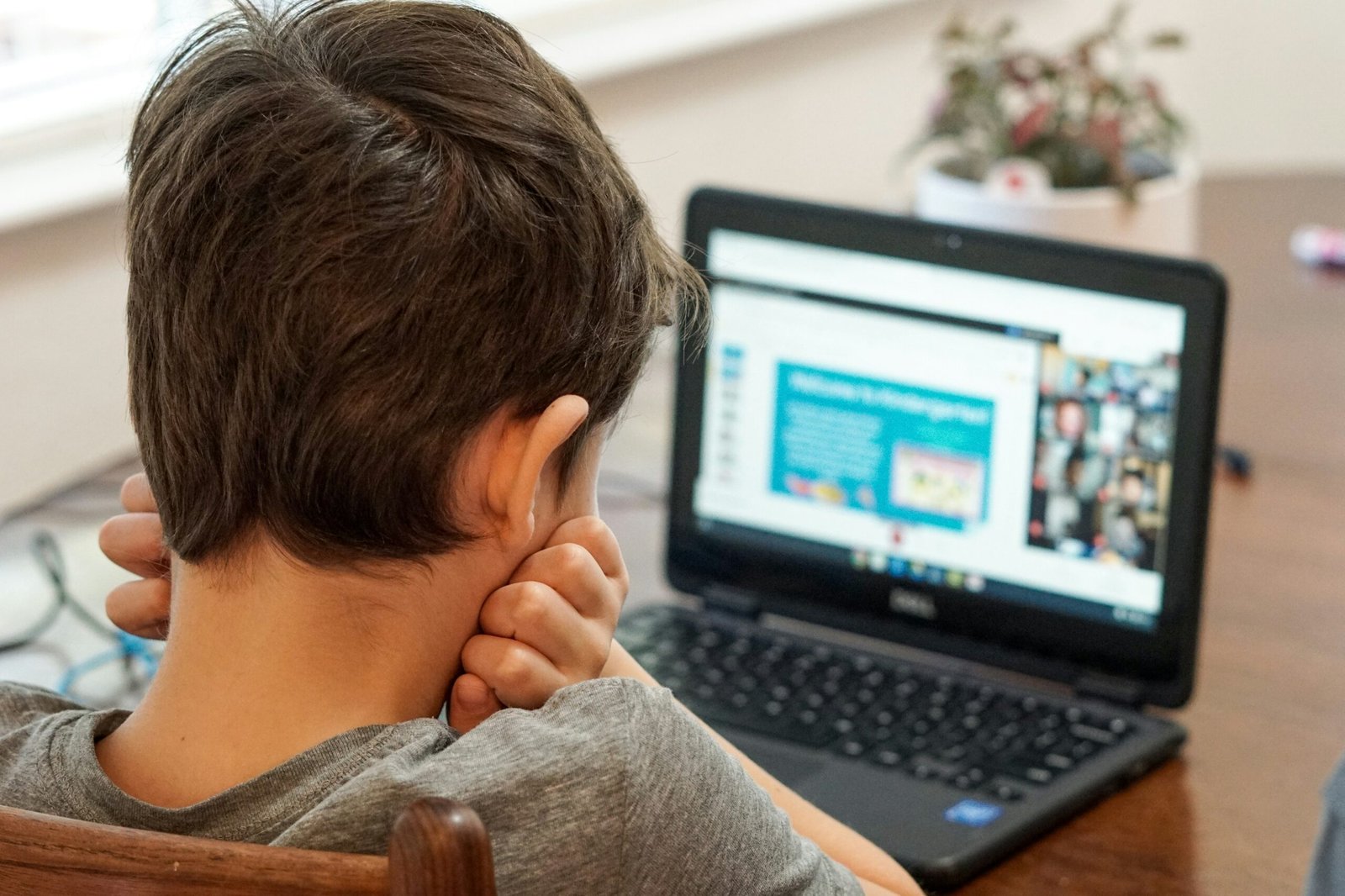Education should be inclusive. Students come from different backgrounds, and their experiences shape how they learn. This is where culturally responsive teaching comes in. It is an approach that recognizes and respects the diversity of students. By incorporating their cultural backgrounds into teaching methods, educators can create more inclusive classrooms. This blog explores culturally responsive teaching, its benefits, and strategies to implement it effectively.
What is Culturally Responsive Teaching?
Culturally responsive teaching means adapting lessons to reflect the diverse cultural backgrounds of students. It goes beyond just acknowledging differences. It actively uses those differences to enhance learning. In a culturally responsive classroom, students feel seen and valued. Their culture becomes part of the learning experience.
For example, when teaching history, educators can include perspectives from various cultures. In literature, teachers can choose texts written by diverse authors. These small changes can make a big impact on student engagement.
1. Building a Strong Connection with Students
The first step in culturally responsive teaching is building strong relationships with students. Understanding their backgrounds, experiences, and interests is crucial. When teachers know their students, they can better tailor lessons to suit their needs. This personal connection makes students feel more comfortable and willing to participate in class.
For instance, a student from a bilingual household may feel more confident if their teacher recognizes and values their language skills. Teachers who show genuine interest in their students’ lives create an environment where students feel safe to express themselves.
How does building strong connections impact learning?
Students are more engaged when they feel understood. Building relationships with students creates trust. It encourages them to participate more actively in class. This, in turn, leads to better academic outcomes.
2. Incorporating Cultural Content into Lessons
One of the most effective ways to create an inclusive classroom is by incorporating cultural content into lessons. This means including examples, stories, and perspectives from a variety of cultures in your teaching. Students see themselves reflected in the curriculum, which makes learning more relevant to them.
For example, in a math class, teachers could use examples that relate to the cultural practices of their students. In an English class, students could study literature from different parts of the world. This approach shows students that their culture is valued and respected.
Why is incorporating cultural content important?
Students are more likely to engage with material that feels familiar. By incorporating cultural content into lessons, educators can make learning more relatable and enjoyable. This helps students feel included and valued in the classroom.
3. Using Inclusive Teaching Practices
Culturally responsive teaching also means using inclusive teaching practices. This involves adapting your teaching style to accommodate different learning preferences. Not all students learn the same way, and cultural background can influence learning styles. Some students may prefer hands-on activities, while others might excel in group discussions.
Teachers can offer a variety of learning activities to ensure that all students have opportunities to succeed. This flexibility shows students that their needs are important and respected.
How do inclusive teaching practices benefit students?
Inclusive teaching practices ensure that all students have equal opportunities to learn. When educators accommodate different learning styles, they create a more supportive environment. This leads to better student engagement and success.
4. Encouraging Open Dialogue
Creating an inclusive classroom means encouraging open dialogue about culture, identity, and experiences. Teachers should foster an environment where students feel comfortable sharing their thoughts and ideas. This helps students learn from each other’s diverse perspectives.
For example, teachers can hold discussions on topics like cultural traditions, holidays, or languages. These conversations can help students understand and appreciate their differences. It also teaches them the value of empathy and respect for others.
Why is open dialogue important in culturally responsive teaching?
Open dialogue allows students to express their identities and learn from each other. It creates a sense of community and understanding in the classroom. Encouraging these conversations promotes inclusivity and fosters a supportive learning environment.
5. Addressing Implicit Bias
Part of culturally responsive teaching is recognizing and addressing implicit bias. Implicit bias refers to unconscious attitudes or stereotypes that affect how we treat others. These biases can influence teaching practices and interactions with students.
Educators should reflect on their biases and work to eliminate them. This could involve adjusting expectations, being mindful of how feedback is given, or changing how certain behaviors are interpreted. By addressing bias, teachers can ensure that all students are treated fairly and equally.
How does addressing bias create an inclusive classroom?
When teachers actively work to eliminate bias, they create a more equitable learning environment. Students feel respected and valued, which boosts their confidence and motivation to learn. Addressing bias helps ensure that all students have an equal opportunity to succeed.
6. Involving Families and Communities
Culturally responsive teaching extends beyond the classroom. It involves engaging with students’ families and communities. Parents and caregivers play a vital role in a child’s education. By involving them in the learning process, teachers can gain a deeper understanding of their students’ cultural backgrounds.
For example, teachers can invite parents to share their cultural traditions during a class activity. Schools can also host community events that celebrate diversity. These efforts strengthen the connection between the classroom and the broader community.
Why is family and community involvement important?
When teachers involve families and communities, students feel supported. This partnership enhances learning and creates a sense of belonging. It also provides teachers with valuable insights into their students’ cultural backgrounds, which can inform their teaching practices.
Conclusion
Culturally responsive teaching is essential for creating inclusive classrooms. By building strong connections with students, incorporating cultural content into lessons, and using inclusive teaching practices, educators can foster a supportive learning environment. Encouraging open dialogue and addressing implicit bias further promotes inclusivity.
Additionally, involving families and communities strengthens the bond between home and school. Culturally responsive teaching helps students feel seen, valued, and respected. It also prepares them to thrive in a diverse world. Together, let’s create classrooms where all students can succeed and feel included.





